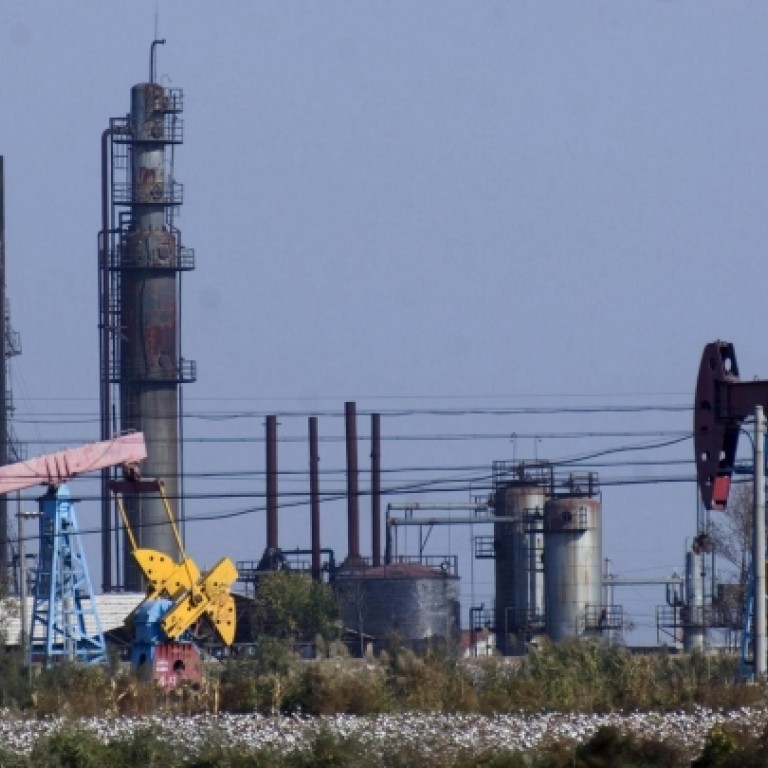
The stock answer to oil consumption 'weakness'
While other economic indicators are booming, the mainland's crude oil imports look out of line
The weakness in the mainland's crude imports and apparent oil consumption is starting to look at odds with other economic indicators.
Crude imports were 5.64 million barrels per day (bpd) last month, a gain of a mere 0.4 per cent from April and 6 per cent below the record 6 million bpd in May last year.
In the first five months of this year, crude imports fell 2 per cent from the same period last year.
While it would be hard to find analysts who believe the mainland economy is roaring ahead, it is by no means falling apart. Rather, it appears to be fragile and struggling for momentum.
But even that description has to be put in context, with industrial output rising an annual 9.2 per cent last month, little changed from April's 9.3 per cent and meeting market expectations.
At the same time, retail sales rose 12.9 per cent, fixed-asset investment 20.4 per cent and vehicle sales 15.7 per cent.
All these figures suggest crude oil imports should be higher. Even the relatively modest industrial production growth should result in higher fuel demand, while the strong vehicle sales should be boosting consumption of petrol and diesel.
But apparent oil demand is also looking soft, edging up 1 per cent last month from a year earlier to 9.48 million bpd, the lowest rate since September last year.
This figure is calculated by taking refinery throughput and adding in net fuel imports, but importantly it excludes changes in both strategic and commercial inventories.
It is here that Beijing's oil data often masks what is happening.
For instance, apparent oil demand reached a record 10.9 million bpd in December, but by last month it had fallen by 1.42 million bpd, a huge drop that is entirely without credibility.
Either the December figure was inflated, or the May figure is way too low, but either way the difference is likely to be in inventories.
Beijing does not divulge inventory volumes, but an official newsletter does give monthly percentage changes for commercial fuel stocks, which is useful for working out the trend.
Refined fuel inventories were 3.32 per cent lower at the end of April than in March, Xinhua said on May 22, while crude stockpiles rose 0.14 per cent. This continued a recent trend of lower fuel stocks and helps explain some of the weakness in crude imports and refinery runs, namely that inventories are being reduced.
Refinery maintenance also explains some of the weakness in crude throughput, as does a later start to the planting season, which would have trimmed diesel demand in the farm sector.
But by far the biggest reason the crude import numbers look soft so far this year is they are being compared to a period last year when Beijing was reportedly filling strategic stockpiles.
It has never been officially revealed how much oil flowed into storage tanks in the first six months of last year but it is believed to be about 400,000 bpd.
For the first five months of this year, crude imports have averaged 5.6 million barrels, down from 5.72 million bpd for the first five months of last year.
But if you subtract 400,000 bpd from last year's figure, that leaves imports for actual consumption at 5.32 million bpd. In turn, using this figure shows imports are actually about 280,000 bpd higher so far this year.
This fits in much better with the current picture, one of modest economic growth.
But it must also be realised that the 400,000 bpd that went into storage last year were real, even if they were not consumed.
The fact that they are no longer being imported does make the crude numbers look soft and helps explain why crude oil prices have struggled this year.

